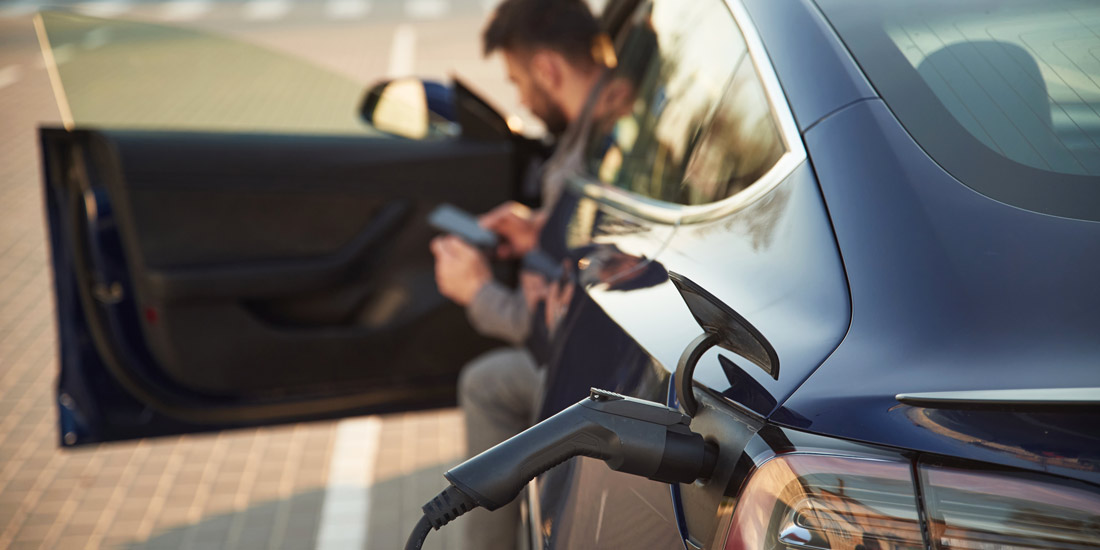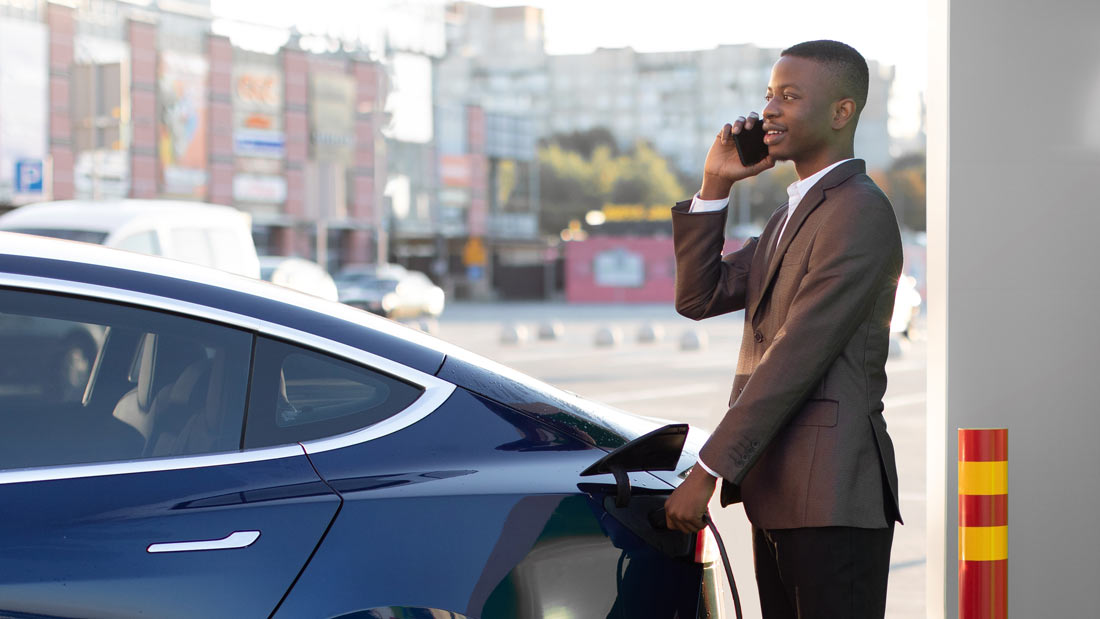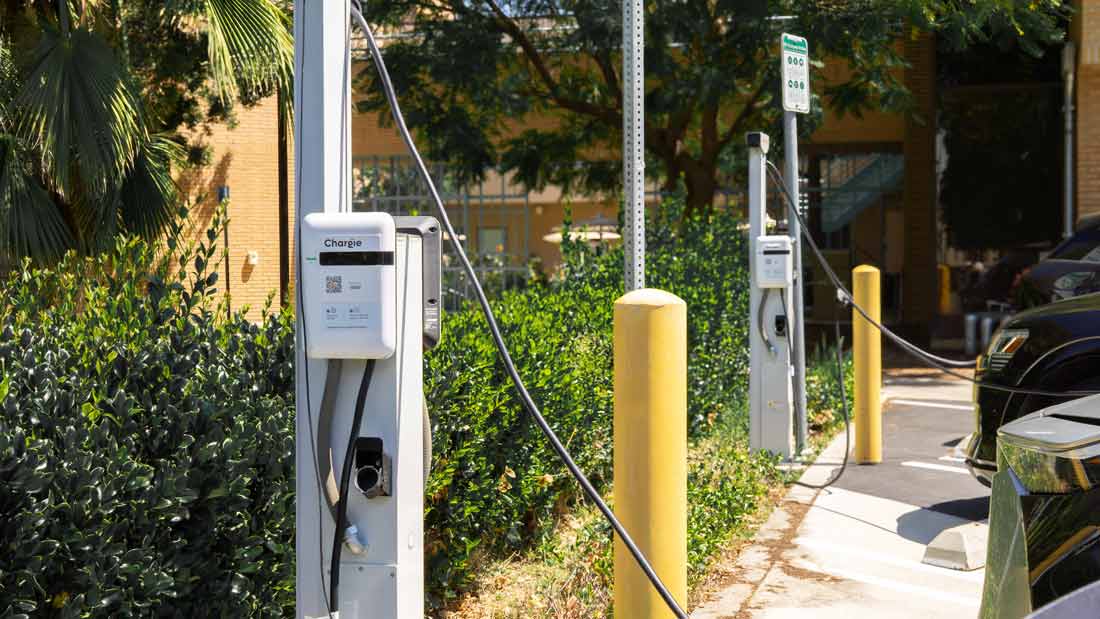
EV charger installation is not as straightforward as it may seem; several factors can significantly influence where chargers can be placed. These factors are crucial for ensuring driver and property safety, maximizing charger performance, and minimizing costs.
Here are six key considerations for the placement of chargers at your property:
1. Proximity to Electrical Panel
It is recommended that chargers are installed as close as possible to the building’s electrical panel. This minimizes the length of wiring and cables needed, which helps lower installation costs and improve the efficiency of electricity delivery.
2. Weight Limitations
EV chargers and the vehicles that use them can be quite heavy, which may restrict where they can be installed. In some rare cases, specific properties may require chargers to be installed on the ground floor rather than higher levels to avoid exceeding any weight limits.
3. Accessibility
Local ordinances, permits, or building codes often require that chargers be installed in compliance with ADA (Americans with Disabilities Act) standards. This includes ensuring clearly labeled pathways, accessible aisles, operable parts, and unobstructed routes to entrances.
4. Lighting and Security
Most properties require some level of security and safety measures for EV charging stations. Properties may need to provide adequate lighting around chargers and along designated pathways during chargers’ operational hours. For public chargers available 24/7, continuous lighting and surveillance methods are often necessary to ensure driver safety and prevent vandalism. This can include either live staff monitoring or the installation of surveillance cameras for remote supervision.
5. Appropriate Signage
Building regulations and guidelines may require specific signage to indicate the locations of charging stations, authorized users, and any associated policies. There are two types of signage for EV chargers: wayfinding and station signage. Proper wayfinding signage helps drivers identify chargers and differentiate between EV and regular parking spots. Important policies that should be emphasized on signage include access, time limits, facility enforcement, and time of use.
6. Weather Considerations
For chargers installed outdoors or in open parking structures, weather protection greatly influences placement. Chargers should ideally never be placed in direct contact with extreme weather conditions such as rain, snow, or intense heat. If no suitable location complies with these standards, additional protective coverings may need to be installed to ensure charger operation and safety.
Chargie can help
Chargie’s team ensures that all requirements are met when determining the optimal placement of chargers. With a complimentary site walkthrough, our team will provide a detailed analysis of the best locations for chargers at your property. To date, Chargie has installed over 20,000 chargers at more than 1,200 unique properties, demonstrating our expertise in accommodating each property’s specific needs. Contact one of our EV experts today to learn more.






















